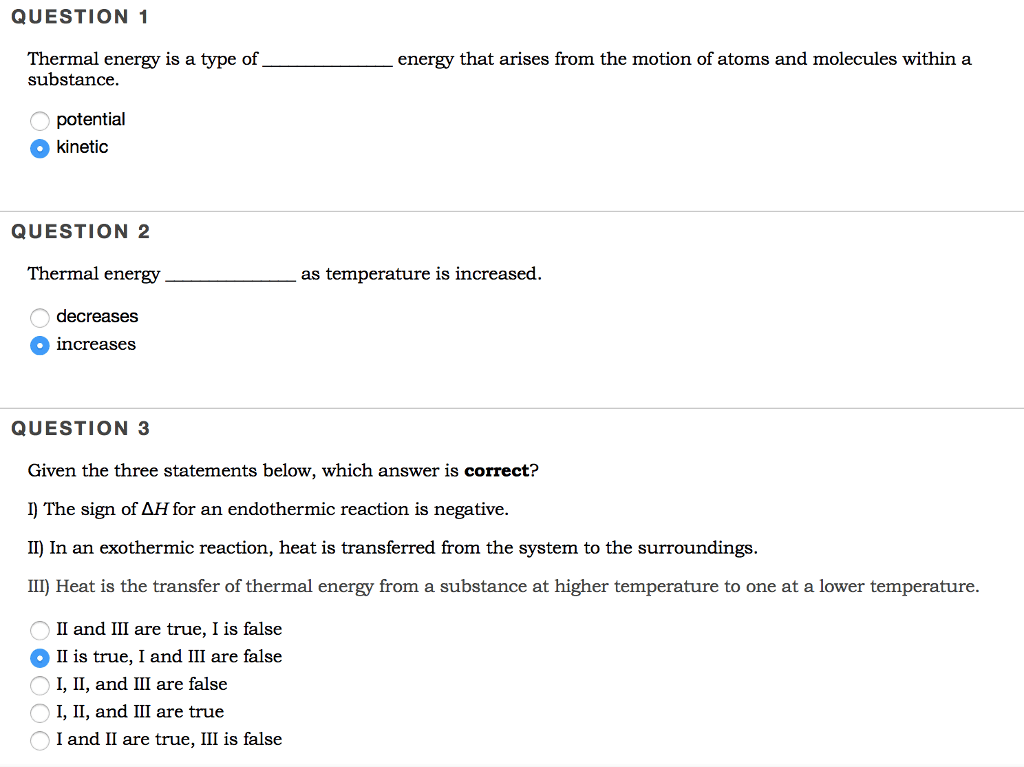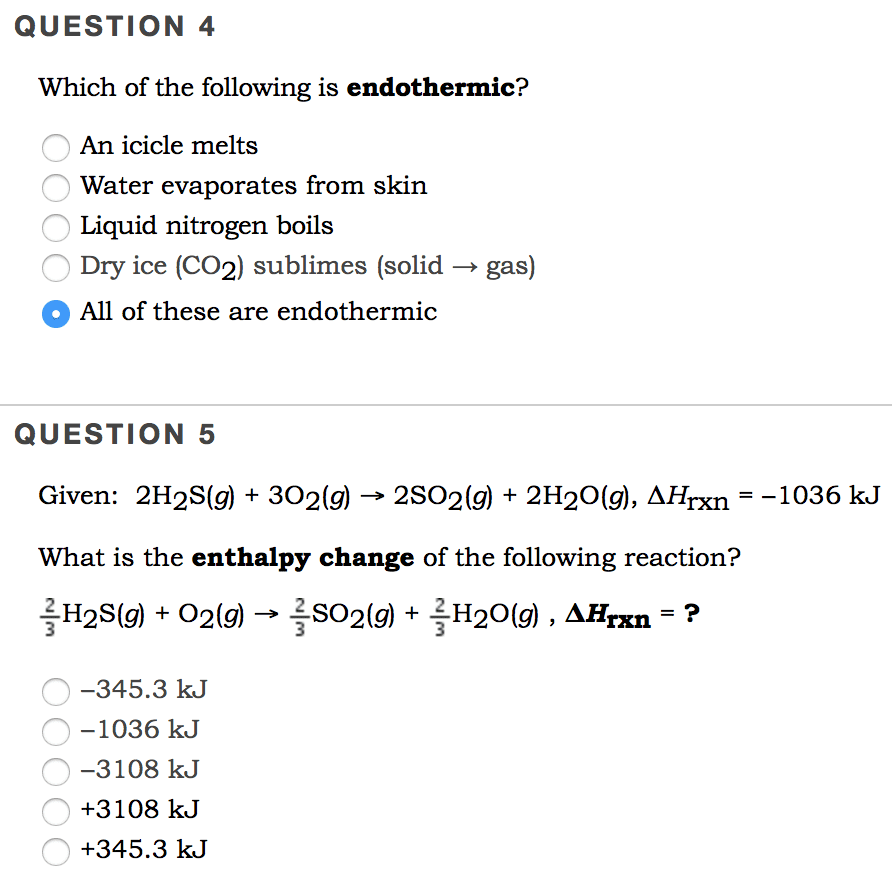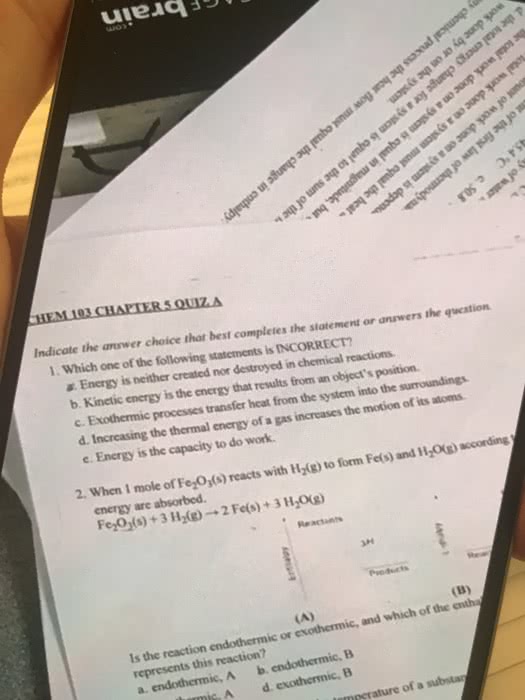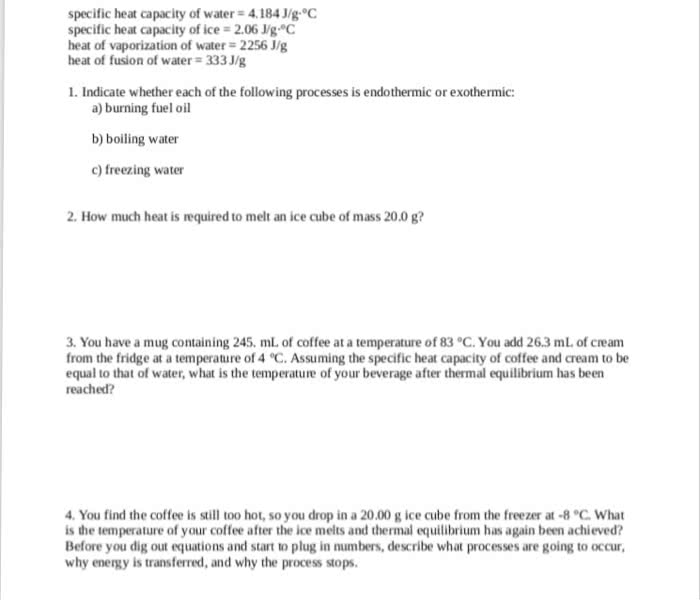CHM 1032 Lecture Notes - Lecture 18: Room Temperature, Fahrenheit, Endothermic Process
Document Summary
(a) in an exothermic reaction, energy is released. (b) in an endothermic reaction, energy is absorbed. The atoms and molecules that compose matter are in constant random motion they contain thermal energy. The temperature of a substance is a measure of its thermal energy. The hotter an object, the greater the random motion of the atoms and molecules that compose it, and the higher its temperature. Heat, which has units of energy, is the transfer or exchange of thermal energy caused by a temperature difference. For example, when a piece of cold ice is dropped into a cup of warm water, heat (thermal energy) is transferred from the water to the ice. Temperature, by contrast, is a measure of the thermal energy of matter (not the exchange of thermal energy). 0 f to the freezing point of a concentrated saltwater solution; and. The kelvin (k) scale avoids negative temperatures by assigning 0 k to the coldest temperature possible, absolute zero.





